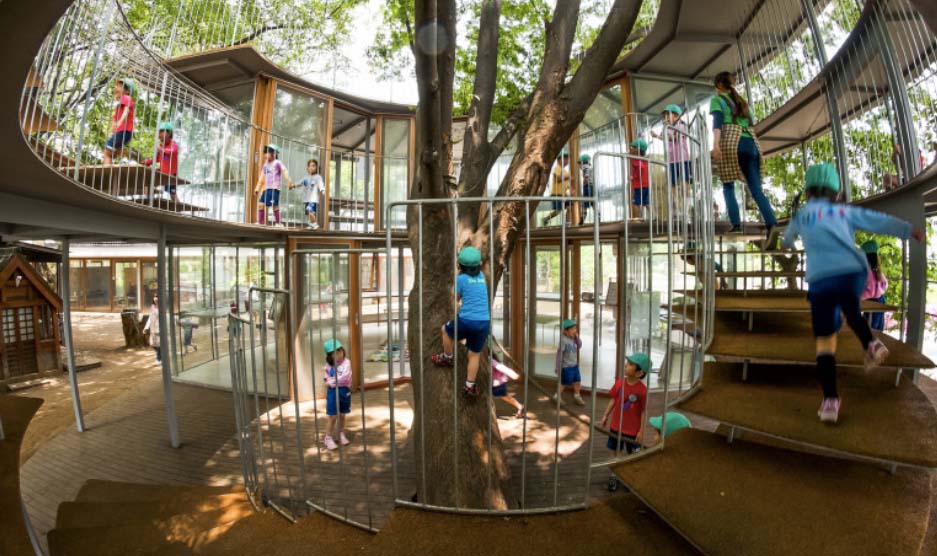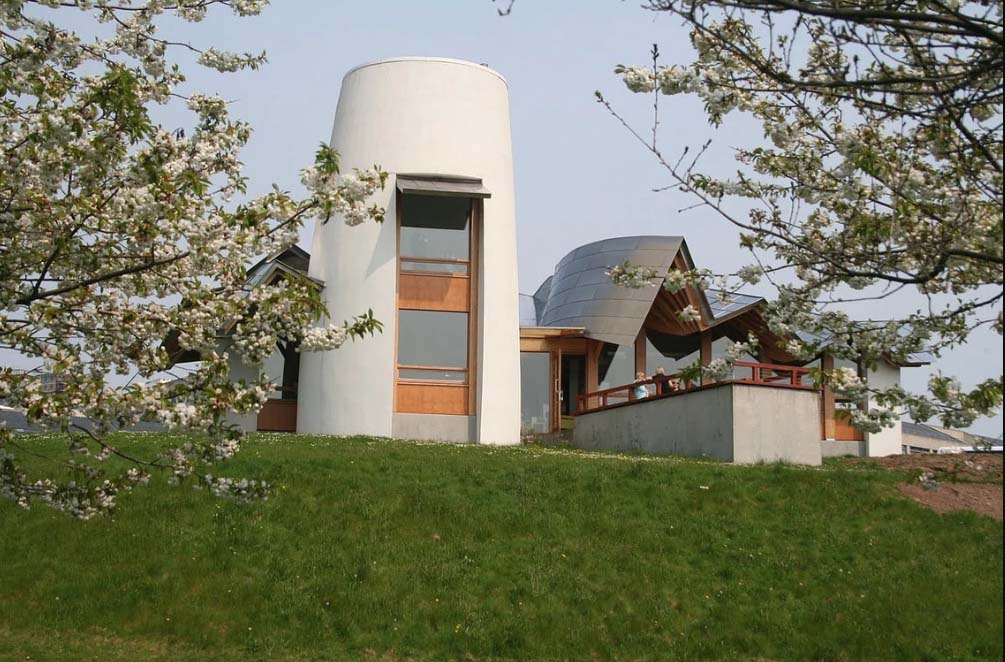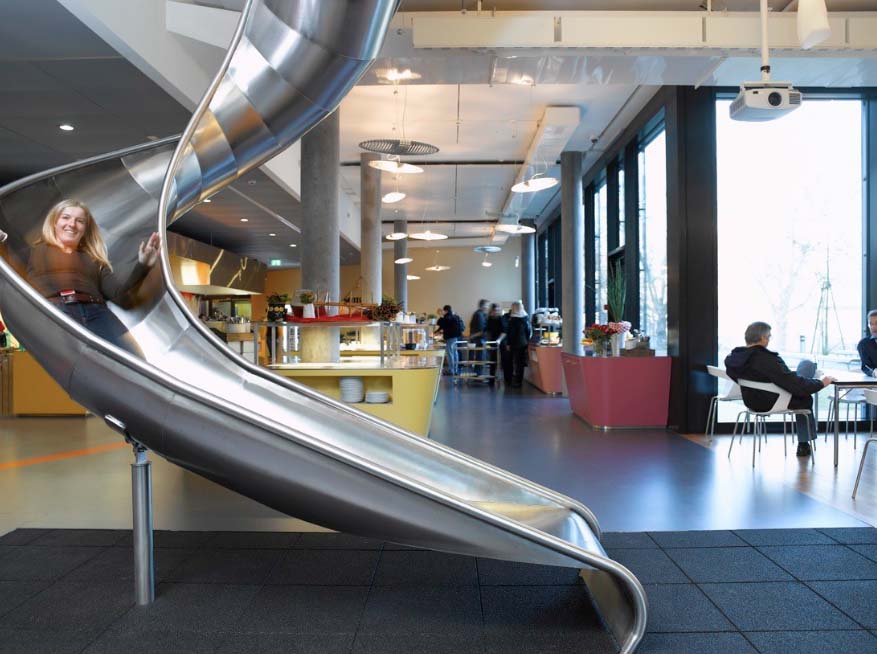The relationship between arquitecture and human evolution has been strongly influenced by the evolution of neurosciences. In this context, the neuroarchitectureis born. It is a discipline that fuses architectural design with the knowledge of how our brain perceives and is affected by spaces. Here we detail what it is and how it impacts our daily lives.
Introduction to Neuroarchitecture

This combines the latest neuroscientific discoveries with innovation in architectural design. The goal is clear: design spaces that increase our well-being, productivity and mental balance. It asks how aspects such as colors or the structure of a room can alter our mood, creativity or ability to concentrate.
Practical applications
- Hospital Design: Hospitals like Maggie’s Centre in Scotland, designed by Gehry Partners, incorporate natural light and connection with nature, backed by studies indicating faster recovery and reduced stress for patients.
- Innovative Offices: The Google office´s in Zurich Google en Zurich, created by Camenzind Evolution, show how neuroarchitecture can enhance productivity and creativity through flexible spaces, rest areas and abundant natural light.
- Education and Neuroarchitecture: The Fuji Kindergarten school Fuji Kindergarten in Japan, a work from Tezuka Architects, is a clear example of an educational space designed from neuroarchitecture. Its open classrooms and connection with the outside promote active and collaborative learning.




Neuroarchitecture reaffirms the link between the built environment and our psychological well-being. With science and technology advancing, it is intriguing to think about how future spaces will be designed with an even deeper focus on our neurological needs. Neuroarchitecture is a promising field, showing how science and design merge to enrich our experience in spaces.
Click here to visit our art and architecture section where you will find more related articles.












